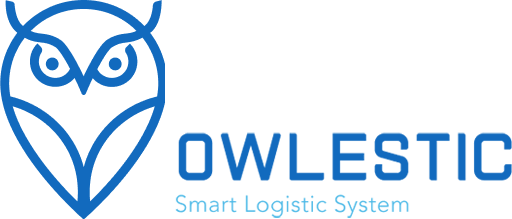How GPS and Telematics Can Help Save Costs
7 Feb 2025In today's world, fleet management has become a critical challenge for organizations. Using advanced technologies like GPS and telematics can significantly improve efficiency and reduce costs. These technologies enable managers to monitor fleet performance more accurately and make smarter, data-driven decisions. In this article, we explore how GPS and telematics can contribute to cost savings through fleet management software such as Owlestic Fleet Management.
1. Optimizing Routes with GPS
Leveraging GPS in Owlestic Fleet Management allows managers to identify the best and fastest routes for delivering goods. This reduces travel time and minimizes fuel costs. For example, when drivers follow optimized routes, they save time and energy, directly impacting overall operational expenses. By eliminating unnecessary detours and traffic congestion, GPS ensures faster delivery and reduces fuel consumption.
2. Real-time Fleet Tracking
One of the major advantages of GPS and telematics is the ability to track fleets in real-time. Managers can monitor vehicle locations live, enabling them to quickly respond to issues or delays. This real-time visibility helps prevent resource wastage and allows for immediate corrective actions. Moreover, accurate tracking enhances safety by ensuring that vehicles are on the safest routes and enables managers to reduce accidents and improve fleet security. This feature is a core element of all plans in Owlestic Fleet Management software.
3. Intelligent Data Analysis
Telematics systems collect and analyze critical data about fleet performance. By reviewing these insights, managers can identify inefficiencies and make informed decisions to improve fleet operations. For instance, analyzing driver behavior patterns—such as harsh braking or excessive idling—can pinpoint areas for training and performance improvement. This leads to more efficient driving, which directly results in reduced fuel consumption and better maintenance practices. Owlestic Fleet Management software makes these data-driven insights easily accessible to fleet managers.
4. Reducing Fleet Maintenance Costs
Another cost-saving benefit of GPS and telematics is their ability to predict maintenance needs and reduce unexpected repair costs. By monitoring vehicle condition and receiving alerts for potential issues, managers can schedule timely repairs and avoid costly breakdowns. This proactive approach helps extend the lifespan of fleet vehicles and reduces long-term maintenance expenses. With GPS and telematics, fleet managers can make more strategic decisions about when to perform maintenance, reducing downtime and increasing overall fleet efficiency.
Explore more about Predictive Maintenance Software and how it helps companies prevent costly delays.
5. Seamless Integration with Owlestic Fleet Management Software
Owlestic Fleet Management software integrates GPS and telematics capabilities into one powerful solution, offering logistics managers a comprehensive tool for fleet optimization. This integration provides real-time, detailed data about fleet performance, enabling managers to make more informed decisions that cut costs and improve operational efficiency. The software helps streamline daily operations, optimize routes, improve safety, and enhance driver behavior, ultimately leading to significant cost savings for the organization.
Conclusion
GPS and telematics are essential technologies that play a pivotal role in reducing costs and improving efficiency in fleet management. By incorporating these advanced solutions into Owlestic Fleet Management software, organizations can streamline their operations, optimize routes, enhance driver performance, and ultimately achieve greater cost savings.
For more details on how Owlestic can enhance your global transportation management, visit our pricing page and explore our article on Fleet Management Best Practices.
